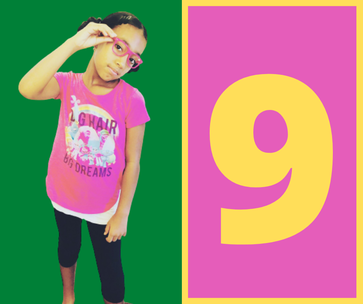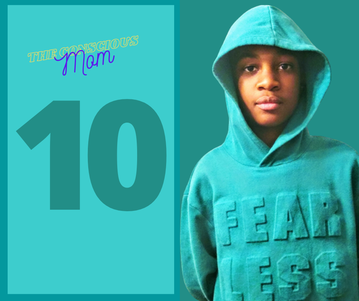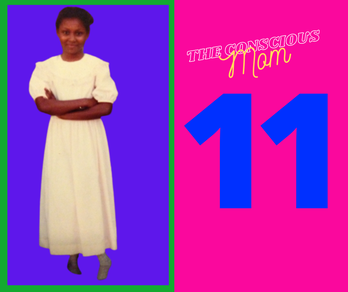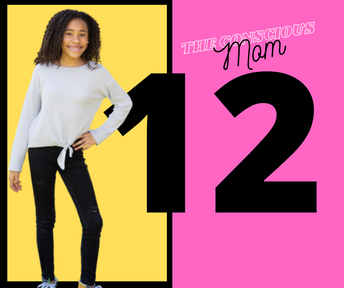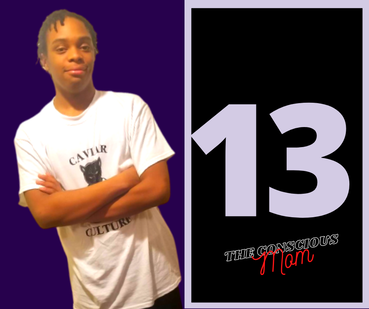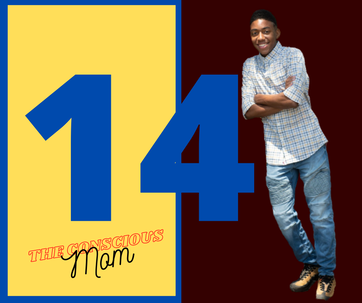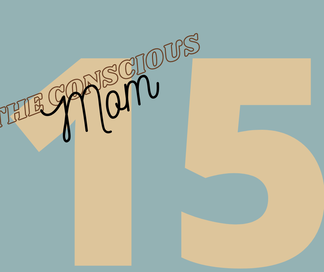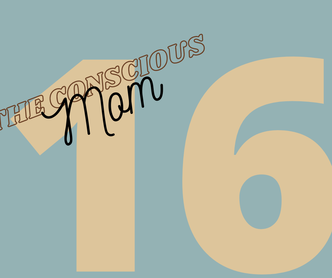The Wonder Years
Ages 9-16
Please keep in mind as you read the following lists of developmentally appropriate behaviors, that no two children are alike. Some children might exhibit all the age-related characteristics, some might exhibit most, and there are some children who might not exhibit more than one or two.
When using the list below, it is important to also consider your child’s adjusted age if applicable, environmental, and situational factors, the child’s temperament, and if the child is in a period of equilibrium or disequilibrium.
When using the list below, it is important to also consider your child’s adjusted age if applicable, environmental, and situational factors, the child’s temperament, and if the child is in a period of equilibrium or disequilibrium.
Nine Years Old: EmergingA 9-year old child usually but not always:
Outlook
Interests
Intellectual Development
|
Ten Years Old: zENPlease keep in mind as you read the following lists of developmentally appropriate behaviors, that no two children are alike. Some children might exhibit all the age-related characteristics, some might exhibit most, and there are some children who might not exhibit more than one or two.
When using the list below, it is important to also consider your child’s adjusted age if applicable, environmental, and situational factors, the child’s temperament, and if the child is in a period of equilibrium or disequilibrium. An 10-year old child usually but not always:
|
eleven Years Old: IMPULSIVEAn 11-year old child usually but not always:
Outlook
|
Twelve Years Old: MaturingAn 12-year old usually but not always:
|
Thirteen Years Old: ReflectiveA 13-year old usually but not always:
Responsibility
Intellectual Development
|
Fourteen Years Old: EmergingA 14-year old usually but not always:
Intellectual
|
Fifteen Years Old: Eni gmasA 15-year old usually but not always:
Mood
|
Sixteen Years old: Balancing AutonomyAn 16-year old usually but not always:
Emotional
|
Much of the following information is based on the studies by The Gesell Institute of Human Development, with the primary source being Your One Year Old, by Louise Bates Ames, Ph.D. Also included is information from Pick Up Your Socks by Elizabeth Crary. This information Can be found at the centerforparentingeducation.org
